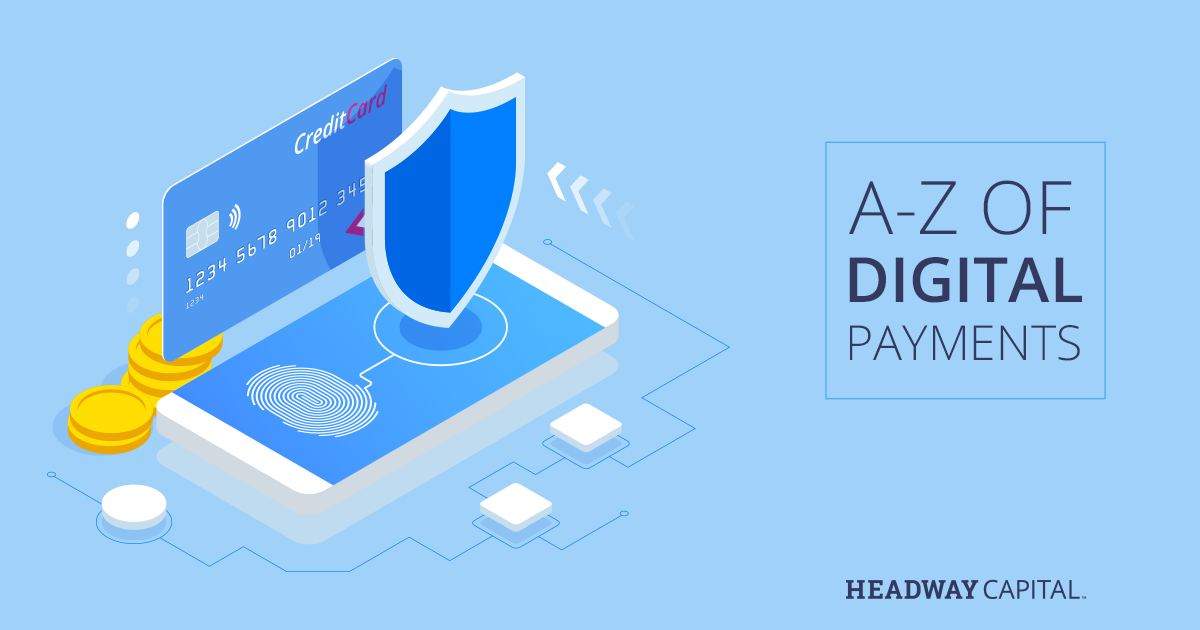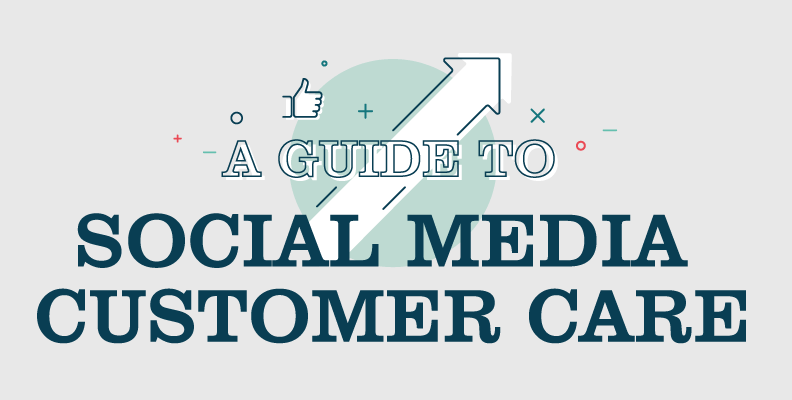5 Small Business Growth Strategies that Work
For most small business owners, growth is not a matter of when — they always want to grow — but how? You can introduce a great product or service into the marketplace, but without the right expansion strategies, your business could end up running in place. Start moving forward with these growth strategies to help your small business prosper.
1. Community-Driven Marketing Strategies
As a small business owner, you share a space with all the other small business owners in your community. Some may be competitors, but others may not, and those are the ones you need to tap to expand your reach. Create and leverage partnerships within your community with complementary small businesses. For example, if you own a coffee shop, you could provide free samples of coffee to the bookstore around the block. In exchange, you can display and sell the latest book from a local author. Consider like-minded businesses to help expand your reach and connect with customers that may not know about you.
Another way to get the community involved with your business is through social media outreach. More specifically, leveraging user-generated content (UGC) and relevant influences to build your online marketing strategy. Make sure you are using tools like Mention to send you notifications when your business is mentioned on the web. This will open up the opportunity to respond to the customer and thank them for their feedback; it’s a unique opportunity to personalize your communication with the customer and make them feel special. You can use UGC as content on your own pages (with permission of the original poster). UGC works like word of mouth advertising — your followers can see satisfied customers just like them in a non-sales space. There are more sales-centered outreach tactics that are available, but you want to use them in a genuine way. If you own a boutique, invite popular fashion bloggers to a special event in your store. Encourage them to post their genuine thoughts about the clothes you sell. If they post an instagram in one of your outfits, any one of the thousands of their followers may notice it and see that someone they look to for fashion inspiration shops at a local store like yours. You are now leveraging the power of online influencers, increasing your reach and growth potential all for the small cost of the event.
2. Streamlining Processes for Profit
Time is money — can you afford to waste yours? With all the modern tools available to small business owners — many of them free or low cost — you should be working smarter, not harder. It’s simple: overhead is the major cost of owning a small business. If you can decrease your overhead, your profits increase and you go from stagnant to growth with some simple reconfiguring. There are a few ways to work through your usual daily tasks and solve sporadic issues more efficiently.
Storing all of your files in one place is a risky choice. If that storage breaks or is inaccessible for a time, you’re stuck. Choose cloud storage so you are able to access your files wherever you go, and in case of an issue, always have an accessible backup. Be proactive to save yourself from potential calamity down the line. This system also makes it so the business can run without you if need be.
If your Achilles heel is accounting or other tedious bookkeeping tasks, consider using project management tools to streamline the process. Not only will business trackers speed up your accounting tasks over time, you will also be in a better place when tax season rolls around. A small investment in bookkeeping can be a big investment in your time management.
The small business community can be like an unofficial support group; starting your own business can be an exciting, albeit exhausting and trying endeavor. The other business owners in your community have probably conquered similar obstacles to those you’re faced with. You can get priceless advice from those who have been through it before, and maybe even get tips to help get through struggles faster, allowing you to get back to growth quicker.
3. Build Your Brand
Some big brands are known not just for their product, but also for their innovative strategies. Samsung is known for TVs as well as technological advancements. When your customers think about your business, do they connect with brand as one of many places that could fulfill their needs? Or do they think of your brand as the business to fulfill their needs? Being the choice rather than a choice is a growth-centered business. Here’s a few ways to get you there.
Host webinars on your site or on Facebook Live, marketing yourself as an expert in your field. Webinars are a great way to demonstrate your expertise within the broader perspective of your industry. If you have a tangible product, consider using Facebook Live to host live Q & A sessions with customers. You could also demonstrate the versatility of your product or the best ways to use it. Let’s say you own a boutique that carries cooking supplies — host your own cooking show! Customers can see how easy the products are to use. If you sell a service or digital product that is challenging to demonstrate, consider hosting a Webinar about relevant developments in your industry, or explain how something works. For example, let’s say you’re in event planning. You could host a webinar about the top five mistakes people make when planning a large event. Not only are you sharing the specialized knowledge you have, but you’ve demonstrated your value without actually giving away your services for free. Building your brand in this way not only adds credibility to your brand, it also creates relevant information that is begging to be shared by others. Building your brand helps you stay in the forefront of your customers’ minds, and webinars can give them something to talk about with their friends and family.
4. Know, Don’t Guess, Who Your Customer Is (and Who They Can Be)
Your growth might be hindered by an assumption of who your customer is and what they expect from your small business. Instead, truly get to know the profile of your current customer and who your customer can be over time.
First, if you have a website site, install a Google Analytics tag so you can track customer patterns. From this, you’ll be able to uncover where your customers are leaving the site, the most popular pages and more. There is even the ability to check out the demographics of your customer base, the devices they use and more. The best part? Google Analytics is free to use.
Next, test different marketing segments. If you own a pub, you might have an after-work special specifically geared toward the white-collar crowd — your main customer base. However, did you ever consider that you attract that crowd solely because of that special? You could offer discounts to people coming in with ticket stubs from the museum around the corner and attract the tourist crowd. Maybe offer the same special late at night with movie ticket stubs to the date night crowd. The possibilities are endless. The important part is that you don’t pigeonhole yourself into a group of customers because that is what has worked in the past. There could be another group that would respond equally well to your product or service if they were given the chance. Think of the growth potential if you branch out into other segments!
While it is important to expand into new segments, don’t go too big. Look at your small business competitors and study the gaps between your business and theirs. Don’t try to compete with big business segments. They have more resources, which translates to a bigger reach and exponential growth potential. Unfortunately, as a small business, that’s biting off more than you can chew. Reach high, but stay focused.
5. Rethink Your Product
You build up a small business from an idea, and that idea eventually becomes the reality that is your everyday life. You’ve put your heart and soul into it — it is a passion. It can also be a problem. By caring too much, you can become blind to the flaws in your product or service, which can translate into limited or stunted growth of your business as a whole. Just because the product or service works doesn’t mean that it can’t be improved. Is there a way it can be more personalized? Updated? Expanded? Take some time to reflect on your product and see if there is a way you can develop it for the growth of your business.






